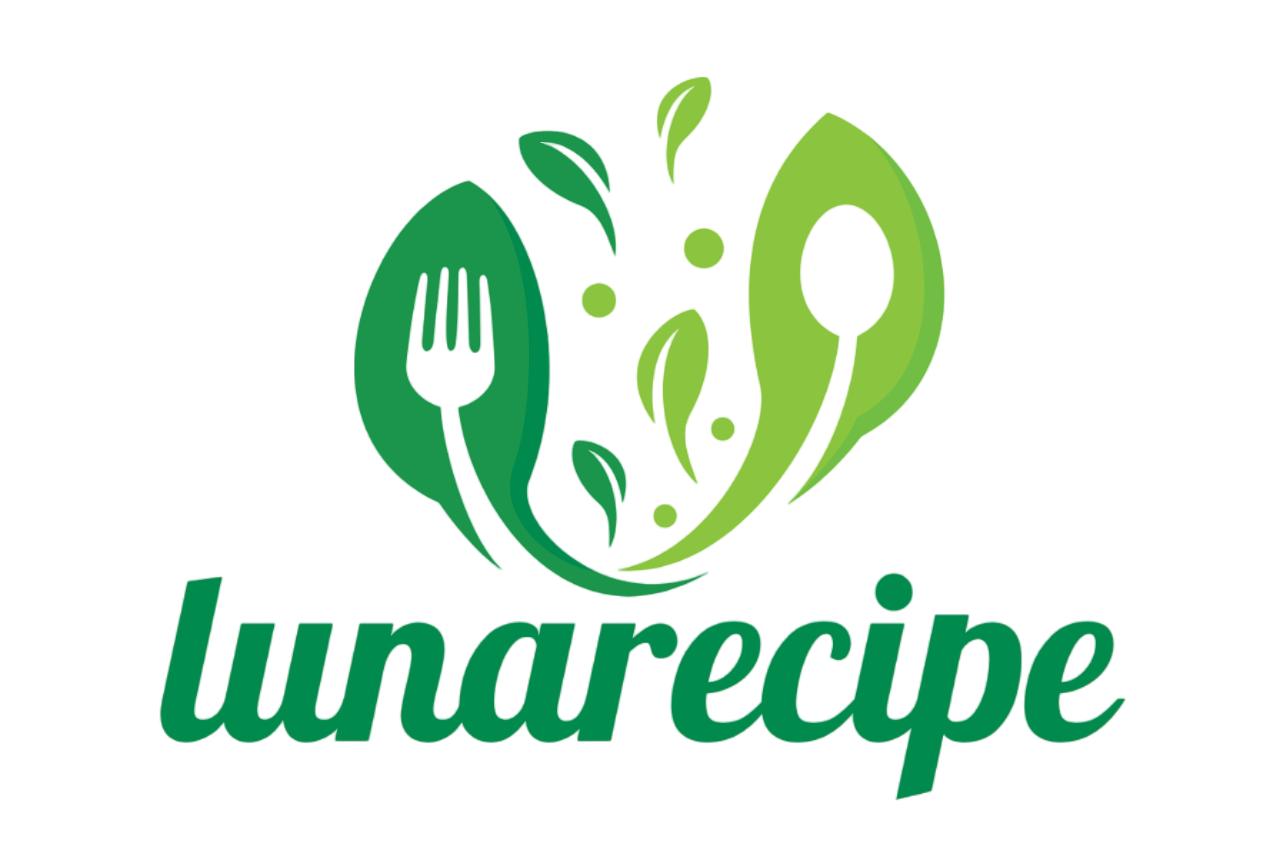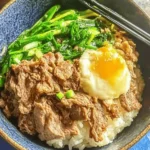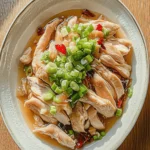The combination of tender, slow-cooked beef with a flavorful mix of onions, bell peppers, and spices creates a dish that’s a staple in Cuban cuisine. Slow Cooker Ropa Vieja is a one-pot wonder that’s perfect for busy weeknights or gatherings. The rich, savory sauce brings the beef to life, making every bite a mouthwatering experience. It’s a dish that is comforting, easy to make, and full of bold flavors that will have everyone coming back for seconds.
What’s more, this dish is incredibly versatile and easy to customize. You can adjust the spice level to suit your tastes or serve it in different ways, from tacos to a side of rice. It’s a perfect example of how simple ingredients can come together to create something truly special.
Full Recipe:
-
2 lbs flank steak
-
1 onion, sliced
-
1 green bell pepper, sliced
-
1 red bell pepper, sliced
-
4 cloves garlic, minced
-
1 can (14.5 oz) diced tomatoes
-
1 cup beef broth
-
1/2 cup dry white wine (optional)
-
1 tbsp ground cumin
-
1 tsp ground oregano
-
1 tsp ground paprika
-
Salt and pepper to taste
-
1 bay leaf
-
Fresh cilantro, chopped (for garnish)
Directions:
-
Place the flank steak in the slow cooker and season with cumin, oregano, paprika, salt, and pepper.
-
Add the sliced onion, bell peppers, and garlic on top of the meat.
-
Pour in the diced tomatoes, beef broth, and white wine (if using). Add the bay leaf.
-
Cover and cook on low for 6-8 hours, or until the meat is tender and easily shreds.
-
Remove the meat and shred it using two forks.
-
Return the shredded meat to the slow cooker and stir to combine with the sauce.
-
Serve with cilantro garnish, and enjoy with rice, tortillas, or over a salad.
Prep Time: 10 minutes | Cooking Time: 6-8 hours | Total Time: 6-8 hours 10 minutes
Kcal: 380 kcal | Servings: 6 servings
History and Origin
Ropa Vieja is considered one of Cuba’s national dishes, beloved by many and steeped in history. The origins of the dish are debated, but most culinary historians agree that it has roots in Spain, specifically the Canary Islands, where a similar dish called “ropa vieja” was made using leftover meats. Immigrants brought the concept of slow-cooked, shredded beef to the Americas, where it evolved into the Cuban version, incorporating local ingredients and flavors.
As with many Latin American dishes, Ropa Vieja reflects the blend of cultures that have shaped Cuban cuisine—Spanish, African, and Caribbean influences all come together in a harmonious mix of spices, vegetables, and meats. The Cuban version typically uses flank steak or brisket, which are ideal for slow cooking, allowing the meat to break down into tender strands.
Though it’s considered a Cuban staple, Ropa Vieja has spread throughout Latin America and even parts of the U.S., particularly in areas with large Cuban communities like Florida. Over the years, the recipe has adapted to regional tastes, with variations in spice levels, cooking methods, and additional ingredients, yet it remains a beloved symbol of Cuban culinary heritage.
Variations and Adaptations
While the classic Cuban Ropa Vieja features flank steak as the star ingredient, there are numerous variations across Latin American cultures. In some regions of Cuba, pork or chicken may be substituted for beef, resulting in a lighter, though still flavorful, dish. The slow cooker or braising method is the traditional way to prepare Ropa Vieja, but variations also exist in preparation methods, such as pressure cooking or grilling the meat before shredding.
In Puerto Rico, you might find a version of Ropa Vieja with the addition of olives, capers, or even raisins, which introduces a sweet-savory contrast to the dish. In other parts of the Caribbean, a dash of hot sauce or a sprinkle of allspice can give the dish an extra kick, showcasing the versatility of this classic meal.
One of the joys of cooking Ropa Vieja is that it can be customized to suit individual preferences. If you’re looking for a spicier version, consider adding jalapeños or other hot peppers to the mix. For a sweeter variation, a tablespoon of brown sugar or a splash of orange juice can elevate the flavor profile. The beauty of Ropa Vieja lies in how easily it adapts to your taste and what you have on hand, making it an ideal dish for experimentation.
Nutritional Information
Ropa Vieja is a hearty, flavorful dish, but it also offers a balance of nutrients. While the dish may be enjoyed as a main meal, it’s important to consider its nutritional content.
In terms of macros, Ropa Vieja is relatively high in protein due to the beef, which helps support muscle growth and repair. A typical serving of Ropa Vieja (around 6 oz of beef) contains approximately 30-35 grams of protein. The dish is also a good source of iron, which is found in the beef and is crucial for the production of red blood cells and energy metabolism.
On the fat front, Ropa Vieja does have some fat, particularly saturated fat, coming from the beef. A 6 oz serving contains around 12-15 grams of fat, with approximately 4 grams of saturated fat. To reduce the fat content, lean cuts of beef like round or sirloin could be used instead of flank steak, though this may slightly alter the dish’s traditional texture.
The vegetables—onions, peppers, and tomatoes—add fiber and a range of vitamins. Bell peppers provide an excellent source of vitamin C, which supports immune function and skin health, while tomatoes offer antioxidants like lycopene. The dish is also rich in potassium, which helps maintain healthy blood pressure levels.
For those monitoring their sodium intake, it’s worth noting that store-bought beef broth and canned tomatoes can sometimes add extra sodium. Opting for low-sodium versions of these ingredients can help control the overall sodium level of the dish.
Overall, Ropa Vieja is a filling and nutrient-dense meal, though it’s best enjoyed in moderation, especially if paired with rich sides like rice or bread.
Serving Suggestions and Pairings
Ropa Vieja is a versatile dish that can be served in a variety of ways, each of which highlights the dish’s flavors in different ways. Traditionally, it’s served with rice, either white or brown, which soaks up the savory sauce and complements the tender beef. It can also be served with a side of black beans, which adds additional protein and fiber, making for a balanced and satisfying meal.
For a more casual meal, Ropa Vieja can be piled onto warm tortillas to create flavorful tacos. Topping these tacos with a sprinkle of fresh cilantro, a squeeze of lime, or even a dollop of sour cream can add layers of freshness and creaminess.
For an extra touch of Cuban flair, serve Ropa Vieja with fried plantains, which add a subtle sweetness to balance the savory beef. You could also accompany the dish with a simple salad of mixed greens dressed with a light vinaigrette to cut through the richness of the beef.
If you’re looking to enjoy the dish with a drink, a chilled glass of dry white wine or even a mojito can be a refreshing pairing. The acidity in the wine helps balance the dish’s richness, while the minty mojito complements the spices in the Ropa Vieja beautifully.
Tips and Tricks for Success
To make sure your Ropa Vieja turns out perfectly, here are a few expert tips:
Advertisement
-
Use the right cut of beef: Flank steak is traditional for Ropa Vieja, but brisket or chuck roast also work well. These cuts become tender and flavorful when cooked slowly. Make sure to trim any excess fat before cooking to avoid an overly greasy dish.
-
Don’t rush the cooking process: The slow cooker is your best friend here. It’s key to letting the beef become tender and infusing the vegetables with rich flavor. Resist the temptation to cook it on high; low and slow is the way to go for the best texture and flavor.
-
Season generously: The dish gets its flavor from the spices—cumin, paprika, oregano—so be sure to use them liberally. Tasting as you go and adjusting seasoning will ensure the perfect balance.
-
Shred the beef after cooking: Once the beef is cooked and tender, use two forks to shred it in the slow cooker. This allows the beef to soak up all the sauce, making each bite even more delicious.
-
Use fresh ingredients: Fresh garlic, onions, and bell peppers make a huge difference in flavor, so avoid using pre-chopped or canned versions if possible.
Potential Health Benefits
The main ingredient in Ropa Vieja, beef, is rich in protein and iron, essential nutrients that help support a healthy body. Protein is vital for building and repairing tissues, and it plays a crucial role in muscle growth and immune function. Iron, on the other hand, is essential for producing red blood cells and transporting oxygen throughout the body, making it an important nutrient for maintaining energy levels.
The vegetables in Ropa Vieja, especially bell peppers and tomatoes, are packed with antioxidants like vitamin C and lycopene, which help protect the body from oxidative stress and support immune health. The inclusion of garlic also offers anti-inflammatory benefits and may support cardiovascular health.
However, like most rich dishes, it’s important to enjoy Ropa Vieja in moderation. The fat content can be high, especially when using fattier cuts of beef, so pairing it with nutrient-dense sides like a salad or steamed vegetables can help balance the meal.
Conclusion
Slow Cooker Ropa Vieja is a timeless dish that offers the perfect balance of flavor, comfort, and versatility. Whether you’re making it for a family dinner, a special occasion, or simply craving a taste of Cuban heritage, it’s sure to impress with its tender beef and rich, savory sauce. Plus, with the slow-cooking method, it’s an easy dish that practically cooks itself, leaving you with more time to enjoy the company of loved ones. Give it a try and see for yourself why Ropa Vieja is a beloved classic.






